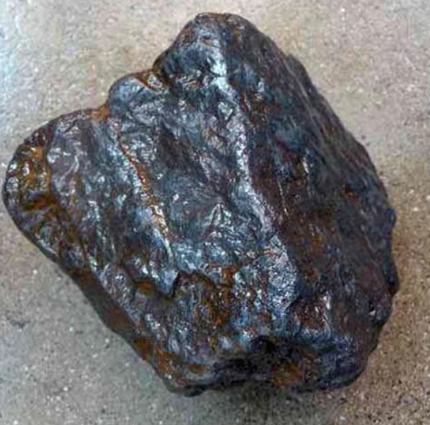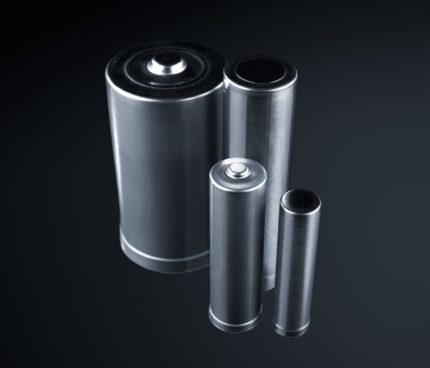Description
Abstract
From an engineering approach, rare earth elements (REE) have the extra potential to modify modern engineering in an extraordinary way. Their peculiar optical, mechanical, electronic, and magnetic properties have been used for years and even open up wider possibilities for using rare earth elements. With advances in all fields of engineering, it is predictable that the rare earth elements will play a crucial role. The use of the rare earth elements permits many new advances, including digital and magnetic technologies operating at reduced energy consumption, higher efficiency, miniaturization, speed, and durability. The REEs are particularly crucial components in clean energy applications, which is especially important in the fight against global warming. For these reasons, the rare earth elements will become essential components in the technological revolution in the second quarter of the twenty-first century.
What Are Rare Earth Elements?
Historically, REEs have primarily been utilized in industrial processes for their catalytic properties. They are essential to the petrochemical industry in breaking down large molecules into smaller hydrocarbons suitable for use in fuels (Akah 2017). Recently, the demand for REEs has dramatically increased due to the permanent magneticity that is exhibited by their alloys (See Figure 1).
Alloys of neodymium (Nd) and samarium (Sm) are strong magnets that can withstand relatively high temperatures, making them ideal for a wide variety of electronics and defense applications. The strongest known magnet is an alloy of neodymium with iron (Fe) and boron (B), abbreviated NdFeB. Other REEs such as dysprosium (Dy) and praseodymium (Pr) can be added to NdFeB to change the performance properties of these magnets (Constantinides 2012).
The clean energy technologies sector is expected to increase demand for REEs considerably, because strong magnets are critical in the construction of direct drive wind turbines and permanent magnet motors for electric vehicles (DOE 2019; Hanejko 2020).
Direct drive wind turbines currently make up a small fraction of the total wind energy capacity in the United States. However, their high efficiency and relatively low maintenance requirements compared to other turbine technologies have put direct drive wind turbines in consideration for large-scale offshore wind installations.
Similarly, motors containing REE permanent magnets have recently become the standard choice for electric vehicles due to their high efficiencies. With the growing need to forgo fossil fuels, the demand for REEs from the wind and electric vehicle industries is projected to increase in the near future (Alonso et al., 2012).
What impact this might have on price is open to debate and will be further explored throughout this digest. Over the last decade, for example, despite increasing demand, prices have remained relatively stable because of cheap Chinese production (Bloomberg 2021).









